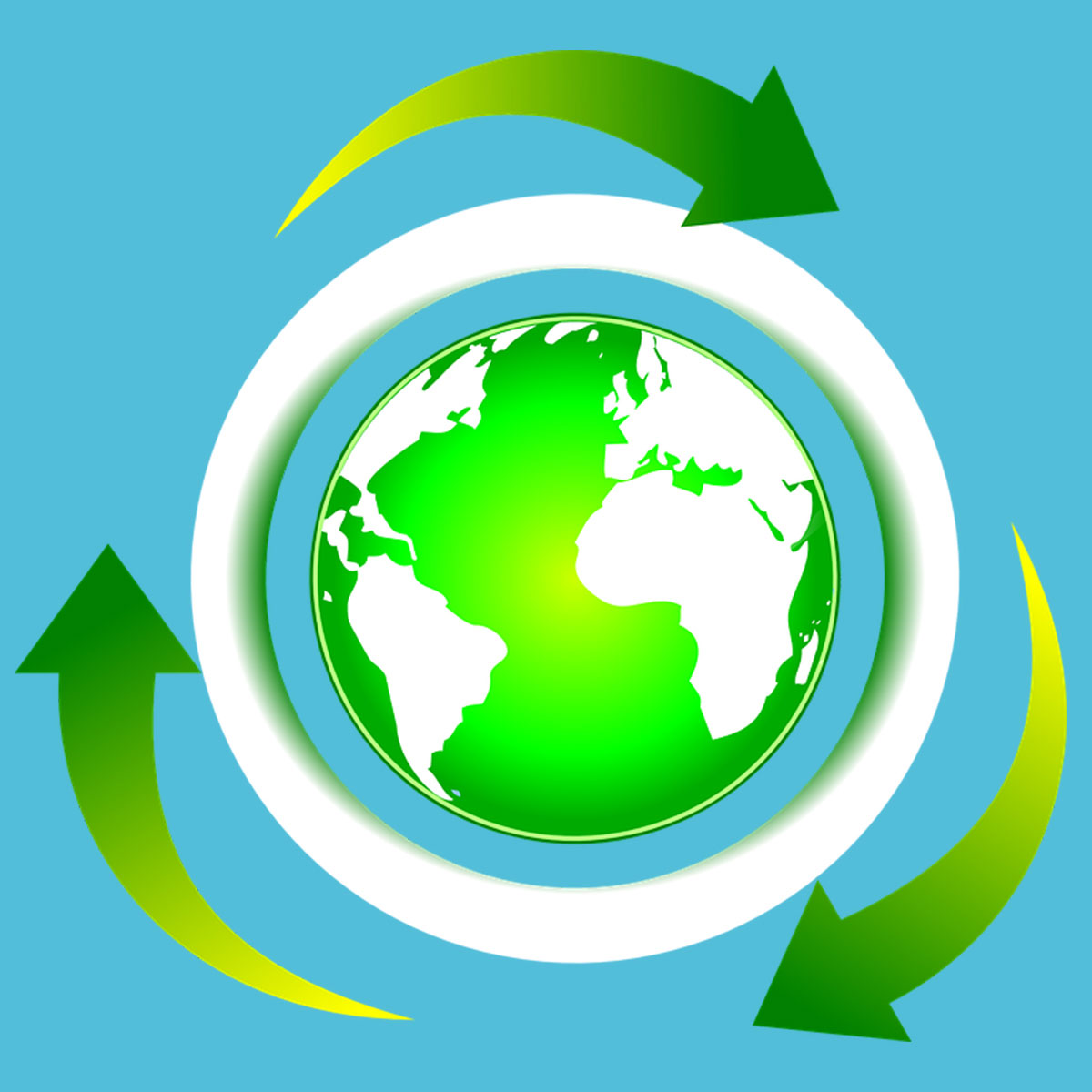If Canada Really Wants to Fight Climate Change, Creating a Circular Economy is a Start

There’s been a lot of talk in Canada about climate change. How to fight it seemingly isn’t something we can agree on as a country however we are all on the same page that climate change is happening.
The model we currently have in Canada for how we make and dispose of waste is inefficient. We’re heading for what could be a waste management disaster years from now as we stand likely to overwhelm ourselves with plastics and toxic materials. From an ecological, business, environmental, and financial perspective, if Canada wants to fight climate change, a circular economy is a winning strategy.
What is a circular economy?
A circular economy is a waste management and resource circulation approach that focuses on using materials which can be recovered, recycled, and reused. For example, a Coca-Cola aluminum can be purchased and then, recovered to be recycled and used again and again. Circular in its disposal, this minimizes what’s sent to our landfills. An economy like this reduces output into a landfill to near zero, saving valuable space.
Why is a circular economy advantageous to Canada?
Circular economies has many benefits in Canada, including creating new categories of management in waste disposal, creating more jobs, maintaining a greener environment and as mentioned, saving space in our landfills. It would involve slowly phasing out single-use items, dangerous or toxic materials, and encouraging innovation in the form of reusable, recyclable materials.
Where would the most benefit come from?
There are a lot of categories of manufacturing and consumption that produce a lot of waste. Clothing and apparel, for example, recycles less than 1 percent of its materials. The food and beverage industry sends 63 million tonnes of waste annually to the landfill. Consumer packaged goods, food packaging, and the eCommerce industry are also very big polluters. These categories can find tremendous benefits in switching to reusable, more eco-friendly materials.
Does Canada have a choice?
If we want to call ourselves an eco-friendly nation and pride ourselves on the care we give to environmental concerns, Canada doesn’t have much of a choice in moving to a circular economy. A lot of manufacturers are already switching to more eco-friendly products and a lot of consumers are better educated on how and where to buy recyclable products. To some degree, the building of Canada’s circular economy is already happening.
What is the economic benefits of recycling in Canada?
In the future, some of our largest corporations in Canada are going to be those in waste management, disposal, and recycling. You wouldn’t think it but there’s a lot of value in our recycling. What we discard as waste can potentially help raise millions of dollars to open new industries, new recycling facilities, and new markets for recycled product. At the same time manufacturers are moving away from non-recyclables, recycling companies in Toronto are opening up new facilities and making it easier to recycle. In the future, the recycling industry is only going to grow!
What if we don’t move to a circular economy?
Assuming Canada were to never move to fully circular economy, we would have a lot of problems. Even at our current rate of waste production, it’s not sustainable long-term. Add to Canada future immigration and we have a large, large population that needs proper waste disposal and recycling services. If we want to preserve Canada’s wilderness, environmental reputation, and commitments to climate change, a circular economy’s so important to the long-term.
What role can businesses play in encouraging a circular economy?
In this case, business is more powerful right now than any government in Canada at least as it relates to recycling and waste disposal. Our small businesses and corporations have a massive role to play in achieving a circular economy. It is up to them to make the moves to find eco-friendly suppliers, to sell recyclable products, and to use their power to encourage their partners to make the switch to more environmentally sustainable materials. A circular economy’s only possible if we all play a role in getting there and keeping us there.
What can I do to encourage a circular economy in Toronto?
It is far more likely that before Canada achieves a circular economy, cities like Toronto will. Consumers can play their part by simply having a conversation, educating themselves on the products they’re buying, and casting their vote for a circular economy every day by choosing green, eco-friendly options wherever possible. A lot of us may not know it but our money and voices hold a lot of power. When we share stories on social media, talk with our friends, and arguably most importantly spend our dollar, this all sends a message. To those who do, continue to do so!
Can we live in a world of no single-use materials?
Single-use materials cause a lot of waste. Things like plastic shopping bags, plastic straws, plastic bottles, and more can be very toxic and take up a lot of space. Unless the material is biodegradable or very recycle-friendly, it is unlikely that a circular economy can include any system where single-use products exist. For a lot of single-use materials, thankfully, there are already alternatives. The world is changing. We’ve just got to let it happen and maybe try to encourage it a little.
We are losing money in our current waste economy
The World Resources Institute estimates that every year, the world loses about $4.5 trillion in the current model of take-make-waste. This is essentially money we are sending down the drain. A circular economy could recoup the money we are losing in our current consumption model. A switch to a circular economy however would require the giving up of our current waste management approach which focuses on how to dispose of waste and continue consuming wasteful products. It means moving towards a circular economy approach which is as follows:
To prevent the use of non-recyclable resources.
To decrease the use of resources overall.
To find new product use in reusable waste.
To maintain and repair waste products.
To refurbish and improve waste products.
To remanufacture and create new products from old.
To repurpose waste products for different purposes.
To re-use the raw materials of waste products.
To recover energy from waste products.
If Canada wants to do its part at minimizing the effects of climate change while preserving our environment, join Core Mini Bins in advocating for a circular economy.


